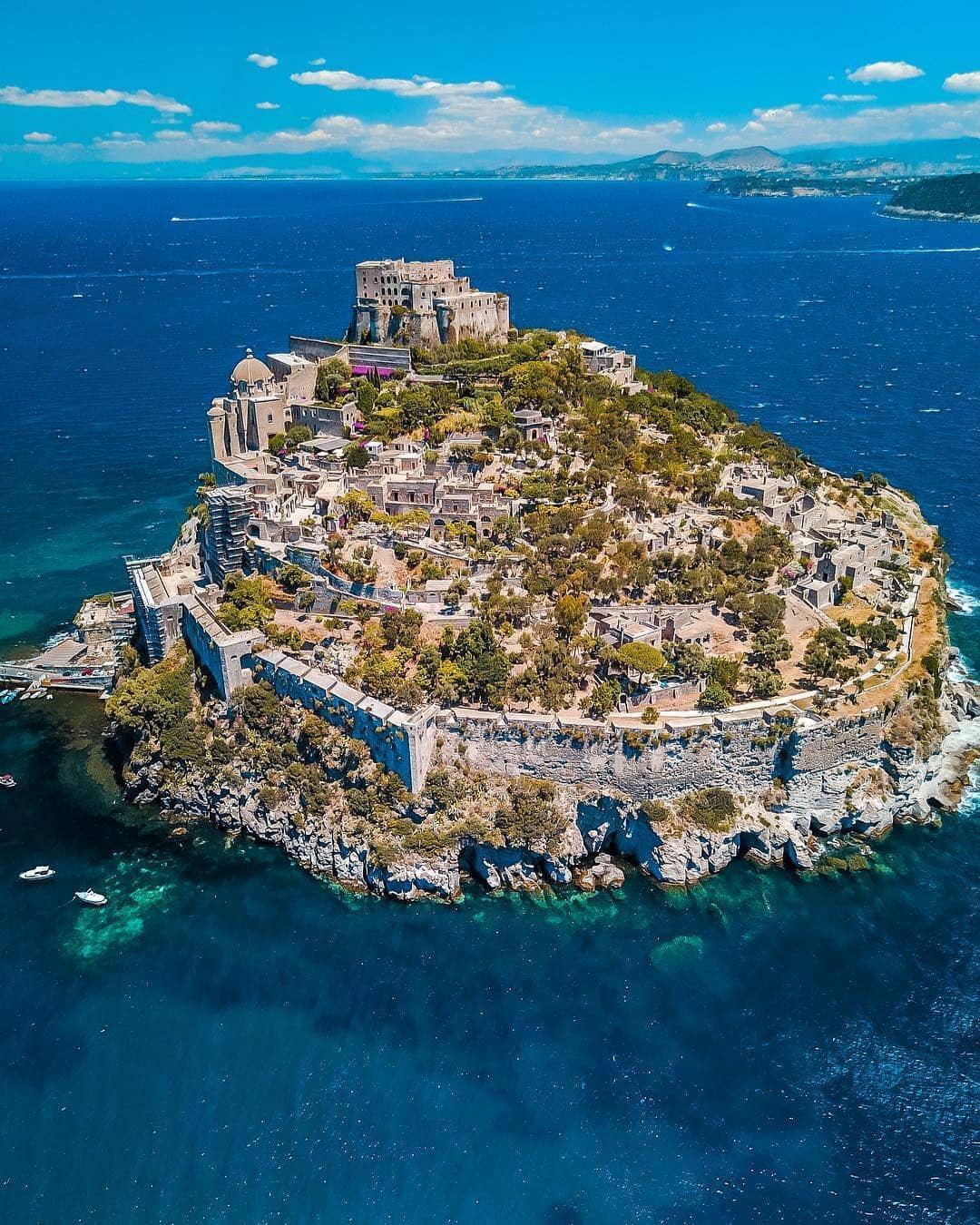Castles
1438 readers
30 users here now
A place to share cool castles!
Post images or any other content relating to castles, châteaux, palaces, towers, keeps, fortresses, and follies. The following content is encouraged but not required:
- Castle name in native language (English name) - location [include country and region, if not city/town]
- Best website (official or otherwise)
- Some sort of map link
- Visitation details: open/closed to public, closed but technically reachable, tours?, etc.
- History: Whatever can be briefly copy-pasted
More than just images are welcome. Only real rule is that content must refer to a real-life structure, so please no fantasy/fictional castles! Reasonable exceptions include media showcasing period life and technology that somehow relates to castles.
founded 2 years ago
MODERATORS
1
2
3
4
5
6
7
8
9
10
11
12
13
14
15
16
17
18
19
20
21
22
39
The fortified facade of the church Saint-Barthélemy in Le Fossat (Ariège, France)
(live.staticflickr.com)
23
24
25
view more: next ›




















